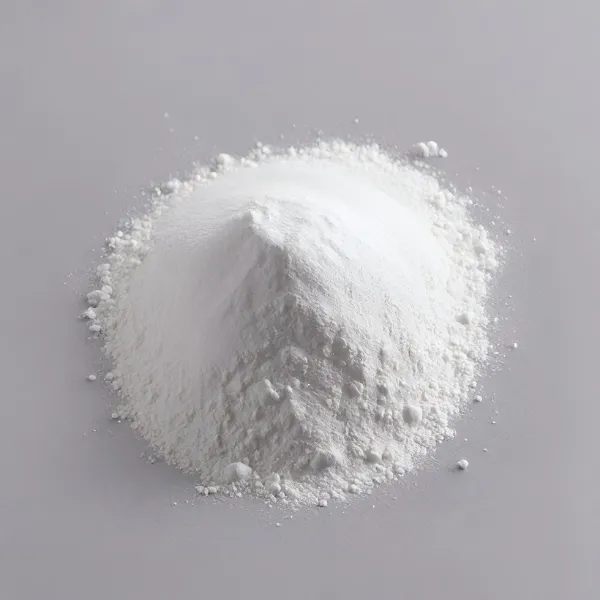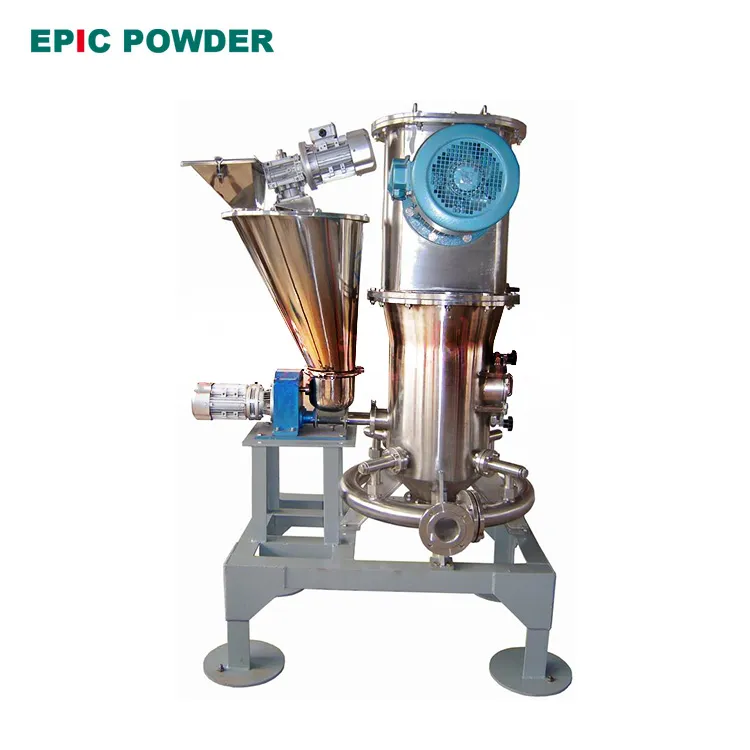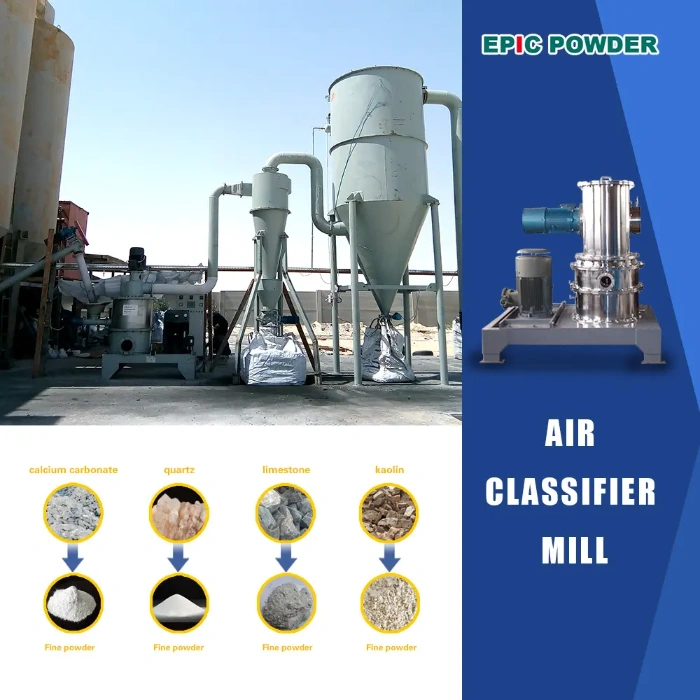Calcium is an essential element for the human body. It helps maintain osmotic pressure and acid-base balance. It plays a key role in various physiological and biochemical processes.
In recent years, calcium carbonate has been widely used in food. It is added to meet the body’s calcium needs. Calcium carbonate serves as a supplement, leavening agent, stabilizer, and coloring agent.
However, there is a lack of specific standards for food-grade calcium carbonate. Research on production processes, raw material selection, and impurity control is insufficient. Studies on product morphology, particle size, and equipment development are limited. Research on specialized calcium carbonate for different foods is also lacking.

Food calcium carbonate classification
Calcium carbonate is widely used in the food industry due to its high calcium content, non-toxicity, non-irritation, white color, easy processing, and low cost. In terms of processing methods, food-grade calcium carbonate can be light (nano) calcium carbonate made by chemical methods. It can also be heavy calcium carbonate made from crushed limestone, calcite, and oyster shells.
From the calcium source perspective, food-grade calcium carbonate can be made from mineral raw materials such as calcite, limestone, and dolomite. It can also be made from biomass materials like shells and eggshells. Currently, most food-grade calcium carbonate is produced from mineral raw materials, with more research on biomass sources.
However, calcium carbonate from biomass materials has advantages in bioavailability and purity. Yet, there are still issues to address regarding industrialization, hygiene safety, and raw material stability.
Production process of food calcium carbonate
Calcium carbonate is an important raw material widely used in food, pharmaceuticals, cosmetics, and other industries. Its main production methods include the solution method, gas phase method, and phytate method. The solution method is a mature and widely used production process. The gas phase method is an emerging process with high yield and purity, but it requires advanced equipment. The phytate method is an environmentally friendly process, but technical challenges still exist.
Solution method
The solution method involves reacting raw materials like limestone or barite to produce calcium carbonate. Its main features are low production cost and simple, easy-to-follow processes.
The specific operation steps are as follows:
- Raw Material Preparation: Crush limestone into powder and mix it with water according to a specific ratio and formula.
- Reaction and Formation: Under high temperature and pressure, the reaction produces calcium carbonate.
- Screening and Drying: The produced calcium carbonate is screened and then dried to obtain a powdered product.
Gas phase method
The gas phase method involves reacting calcium hydroxide with carbon dioxide gas under high temperature and pressure to produce calcium carbonate. Its main feature is the ability to produce high-purity products, but it requires advanced equipment and is relatively expensive.
The specific operation steps are as follows:
- Gas Source Preparation: Store carbon dioxide gas in a gas tank to ensure stable gas quality.
- Separation Reaction: Inject calcium hydroxide and carbon dioxide gas into a reactor to react under high temperature and pressure, forming calcium carbonate.
- Separation and Crushing: Screen and crush the resulting calcium carbonate powder to obtain a high-purity product.
Phytic acid method
The phytate method involves reacting phytic acid with carbonates to produce calcium carbonate. Its main advantage is being environmentally friendly with no wastewater or exhaust emissions. However, the technology is not yet mature, and there are still technical challenges.
The specific operation steps are as follows:
- Raw Material Preparation: Add phytic acid to a mixture containing carbonate raw materials, then stir, react, and precipitate.
- Precipitation Separation: Separate the calcium carbonate formed during the reaction through precipitation, followed by washing and air drying.
- Screening and Drying: Crush, screen, and dry the precipitated, washed, and air-dried calcium carbonate to obtain the final product.
Production and application of calcium carbonate in food industry

Food-grade heavy calcium carbonate: Raw materials like calcite, limestone, chalk, and shells are first crushed and then fed into a grinding machine (vertical roller mill). The ground material is carried by airflow into a classifier. Material with the required fineness is collected through a pulse dust collector or cyclone collector and then moves on to the packaging process. Material that does not meet the fineness standard is returned for further grinding. In addition to these steps, many food-grade calcium carbonate producers extend the processing steps to enhance purity. For example, raw material selection and washing are performed early, and color sorting, iron removal, and sterilization are added during or after production.
Calcium carbonate is widely used as a nutritional supplement in calcium-fortified health foods, pasta products, breakfast cereals, biscuits, dairy products, soft gels, beverages, and many other products. In pasta products, calcium carbonate acts as a calcium fortifier, typically in a 400-800 mesh powder form. It also helps to whiten and fluff flour, improving its appearance. As a bread improver, calcium carbonate increases calcium content, reduces acrylamide, and prevents powder sintering, improving the formulation of baked goods like bread, corn cakes, and cakes. Calcium carbonate is also used in dairy products and beverages to increase calcium content.
Conclusion
In conclusion, calcium carbonate plays a crucial role in the food industry, not only as a vital calcium source but also in enhancing the quality and nutritional value of various food products. Its versatile applications in food fortification, improvement of texture, appearance, and overall product formulation make it an indispensable ingredient. With its cost-effectiveness, safety, and functional benefits, calcium carbonate continues to be widely used in a range of food products, contributing to both health and consumer satisfaction.
Epic powder
Epic Powder, 20+ years of work experience in the ultrafine powder industry. Actively promote the future development of ultra-fine powder, focusing on crushing,grinding,classifying and modification process of ultra-fine powder. Contact us for a free consultation and customized solutions! Our expert team is dedicated to providing high-quality products and services to maximize the value of your powder processing. Epic Powder—Your Trusted Powder Processing Expert !
